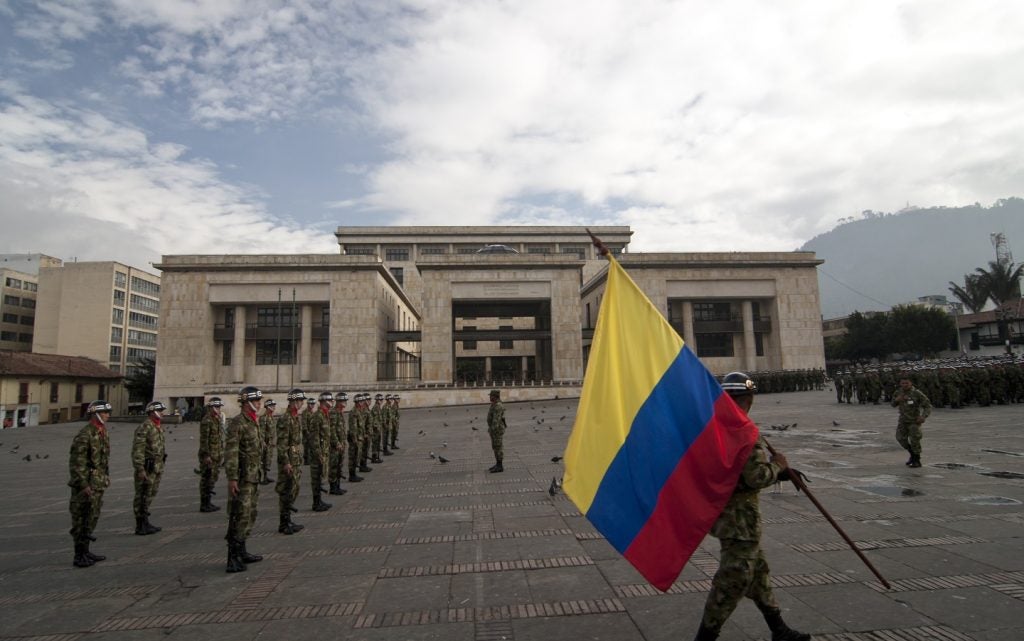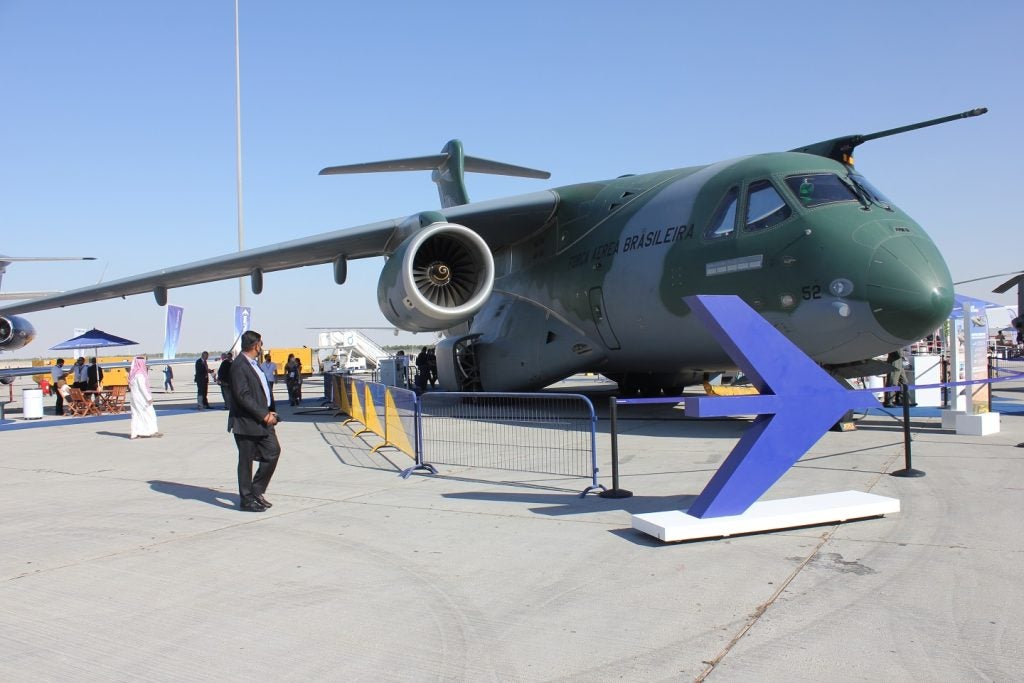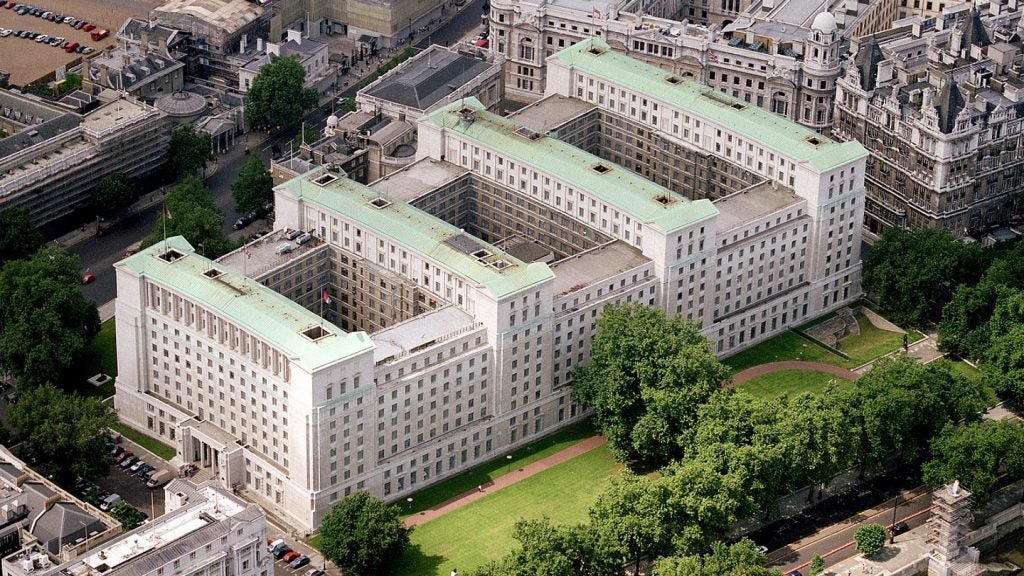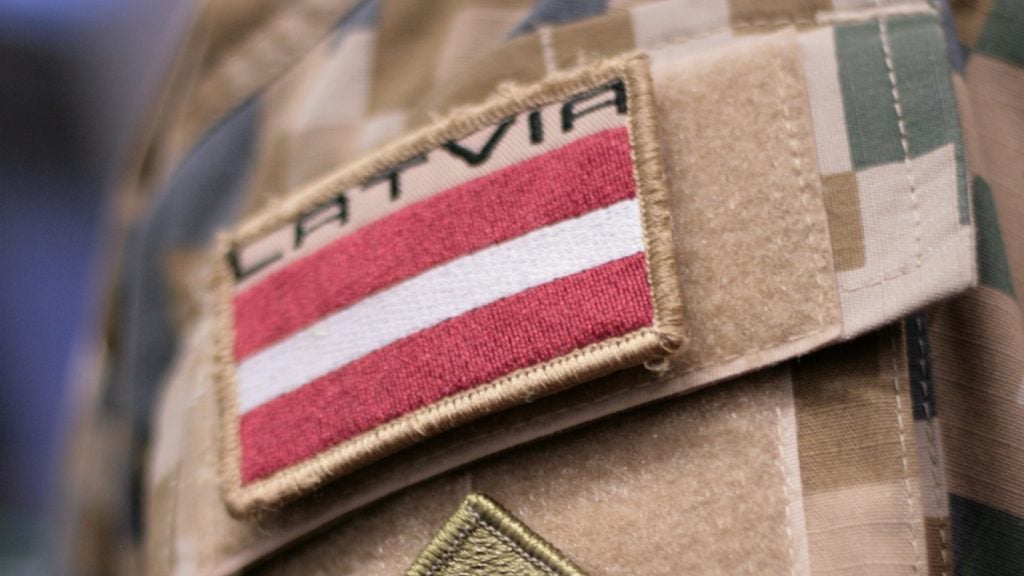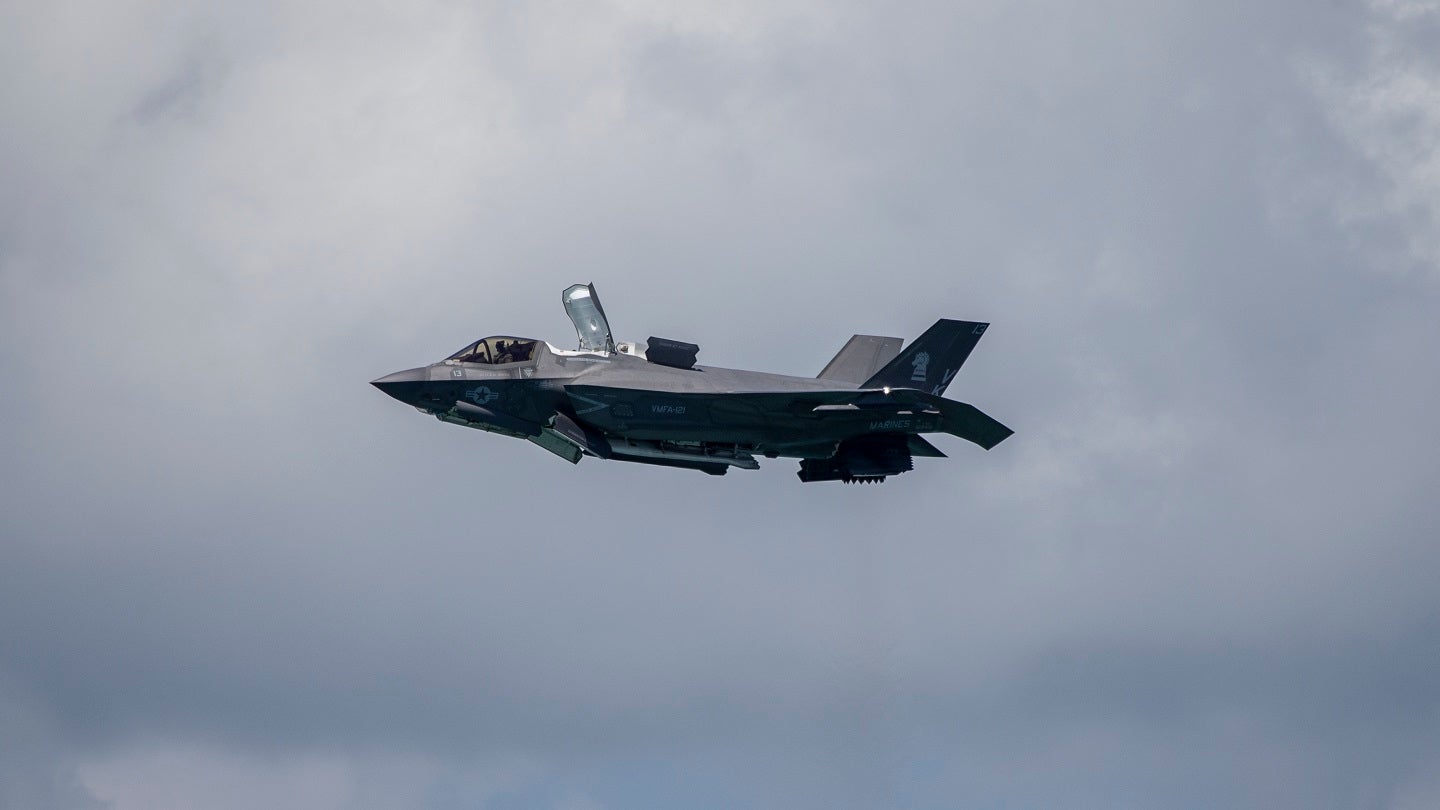
Singapore’s defence spending has risen incrementally as it modernises its military capabilities, with the southeast Asian country planning to increase outlay from $13.5bn in 2024 to $16.3bn in 2028, growing at a compound annual growth rate of 4.7%.
According to GlobalData’s latest Singapore Defense Market Data 2023-2033 report, Singapore has spent significant resources on defence due to the high terrorism threat level from organisations such as the Al-Qaeda-linked Jemaah Islamiyah, as well as ensuring the city state’s ability to defence its small territorial holdings.
Other factors driving defence expenditure during the reporting period included the acquisition of military equipment, overseas training of its armed forces, and participation in international peace-building missions and disaster relief operations, states the GlobalData report.
In addition, the city state sits at the northern flank of the Singapore Strait, a 113km-long maritime transit route between the Strait of Malacca in the west and the South China Sea in the east. Around 100,000 commercial vessels transit the Singapore Strait each year, making it one of the business maritime channels in the world, and a key artery of global trade.
Singapore’s military modernisation continues apace
In March this year, Singaporean defence prime ST Engineering secured an estimated $1.2bn deal to build multirole combat vessels for the Singapore Navy. The new multirole combat vessels are expected to replace the Republic of Singapore Navy’s existing Victory-class missile corvettes (MCVs), which have served since 1989.
See Also:
At around 700-tonnes displacement, the Victory-class corvettes are well-suited to operations in the Singapore Strait and the country’s littorals environment. Potential designs to replace the type could include the 1,100-tonne Al Ofouq-class patrol vessels operated by Oman, which were built by ST Marine, an arm of ST Engineering.
How well do you really know your competitors?
Access the most comprehensive Company Profiles on the market, powered by GlobalData. Save hours of research. Gain competitive edge.

Thank you!
Your download email will arrive shortly
Not ready to buy yet? Download a free sample
We are confident about the unique quality of our Company Profiles. However, we want you to make the most beneficial decision for your business, so we offer a free sample that you can download by submitting the below form
By GlobalDataSpending on surface combatants such as corvettes is forecast to reach $208m by 2033, up from $138m in 2023.
In February this year Singapore’s Ministry of Defence (MINDEF) revealed its intention to purchase eight more F-35B Joint Strike Fighters, to be added to its fleet by the end of the decade.
This follows the agreement of purchase of four F-35Bs first, which was inked in 2020. Since then, the Republic of Singapore Air Force (RSAF) was given exclusive access to information and facilities of the aircraft, allowing them to conduct platform evaluations.
“All of these have given us valuable insights (on the F-35Bs)”, said Minister of Defence Dr Ng Eng Hen, who announced the acquisition of additional jets during his speech at the Committee of Supply debate on the defence budget on 24 February.
“MINDEF and the SAF have concluded that the F-35 is the best choice to meet our defence needs now and in the future,” said Dr Ng at the time.
The F-35Bs will replace the ageing F-16 jets, which have been in service since 1998 and are reaching obsolescence globally from the mid-2030s.
Although lacking significant land mass, Singapore does maintain a capable ground force to combat insurgency and defence its borders against regional rivals. According to the GlobalData report, spending on military fighting vehicles is expected to rise to $68.9m by 2033, up from $34.6m in 2023.



